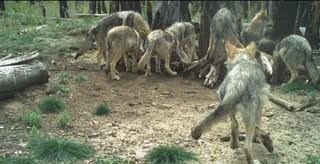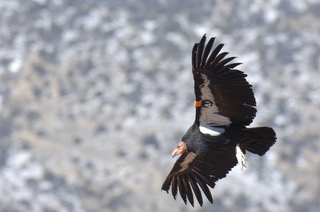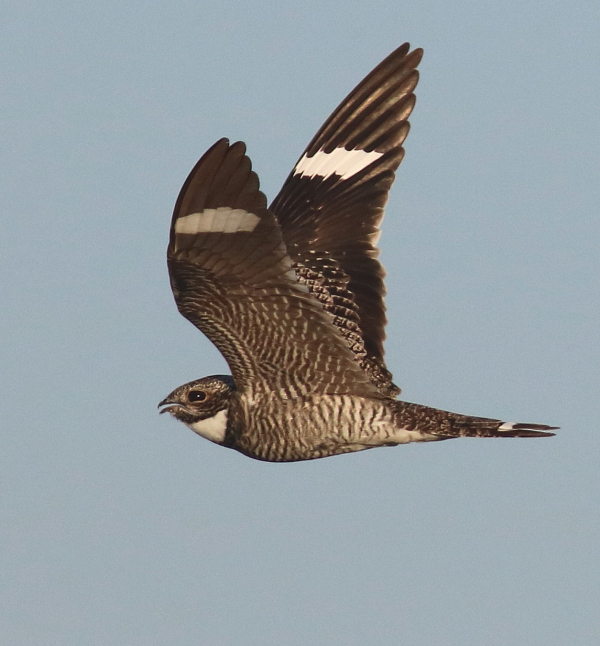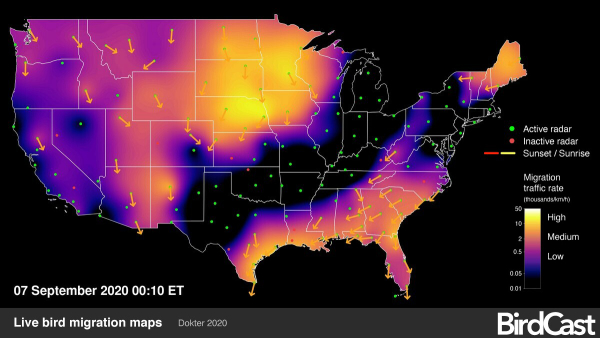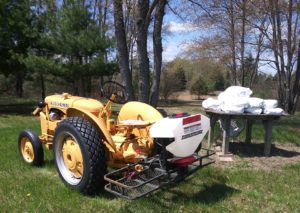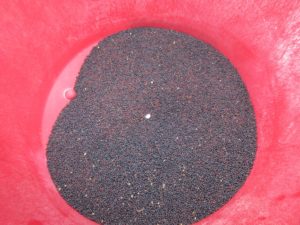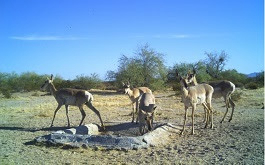My Avery Lake Campout
By Glen Wunderlich
Charter Member, Professional Outdoor Media Association
We’ve all been tested in ways we never imagined in this fight against an invisible enemy equipped to kill. The COVID-19 pandemic has pushed us around and cooped us up and everyone seems to be searching for some relief. As I headed north for the opening day of small game season, Martina McBride’s Independence Day came over my truck’s radio and I had to turn it up; this was my personal day of independence.
I had no plan to fill the freezer with partridge or squirrels. The adventure was to be a solitary one – not because it wouldn’t have been more fun with a pal or two, but they all are compelled to work in their retirement. Some retirement.
I had my sights set on camping at Avery Lake State Park Campgrounds on the fringe of elk country in the rolling hills of Montmorency County.

Avery Lake
It’s a rustic camp with a hand pump for water, a community vault toilet plus one picnic table and one fire pit per site. Since there are no reservations, my apprehension was soon allayed when I pulled in to find the park was almost vacant.
First order of business was to set up the tent. Within a few minutes the tent was up and before I could begin driving the stakes into the ground, I couldn’t help but notice some ants were already climbing the poles. Hundreds of ants! I had invaded their space and now they were returning the favor.
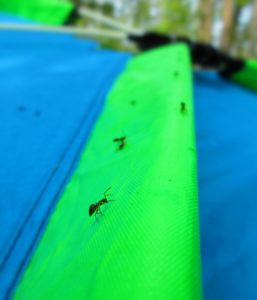
Carpenter ants running up a pole sleeve already at the top
I had to do something before the insects owned my tent, because each second of indecision meant more trouble; one ant in the sleeping bag would be too many! And, then I remembered a secret weapon: soapy water spray. Fortunately, I had packed the liquid solution as a means to clean up my hands.
Also, I’ve come to appreciate the effectiveness of dish soap on insects – all types of insects flying or crawling. A short spritz on flying insects – including bees and wasps – changes their plans and puts an end to their diabolical ways. For ants, it also destroys their scent trails so other industrious agitators cannot follow.
Like a madman I kept up the spraying duties until I had won the war, but what if I were to run out of soapy water and more ants volunteered for duty? Perish the thought and into town for more dish soap – just in case.
After some exploring and a solitary meal around the campfire, I zipped myself into the cozy shelter for the night. But, sometime in the hours of darkness, I was awakened by some type of commotion close at hand. Camp raiders in the form of raccoons, I surmised, were frolicking in my stuff left outside. I was simply too comfortable and warm to go out and run them off, so I just made some noise from within and it seemed to work.
At first light, I could see my metal-clad cooler had been breached and the lid was wide open; apparently,it’s better not to be lazy and to snap the latches closed than to leave the invitation accessible to intruders. Although they made a mess of things, I found they only ran off with my raw breakfast sausage and scrambled a few raw eggs. I policed the site for remnants of their raid and picked up wrappers from the trash bag, also left outdoors for their entertainment. Lessons learned.

Thief in broad daylight with the metal cooler
And, you thought this was going to be about hunting.

